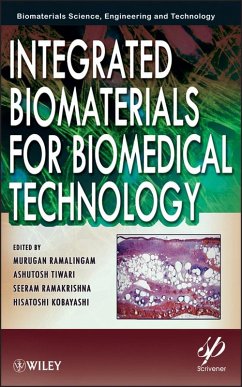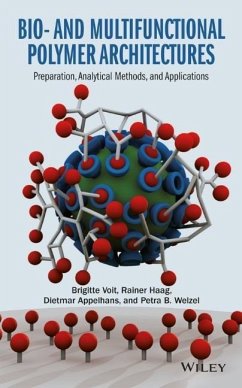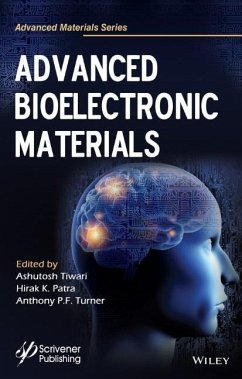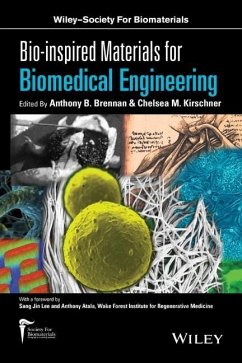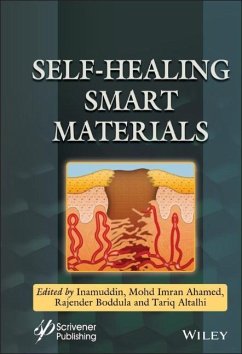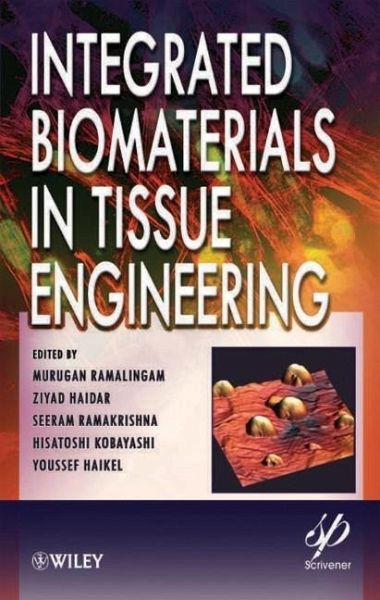
Integrated Biomaterials in Tissue Engineering
Versandkostenfrei!
Versandfertig in über 4 Wochen
188,99 €
inkl. MwSt.
Weitere Ausgaben:

PAYBACK Punkte
94 °P sammeln!
This book acts as a self-contained resource for understanding the current technological advancement of biomaterials towards tissue engineering applications. It covers impact of biomaterials at different length scales such as macro/micro/nano/ level and offers extensive discussion on cell-biomaterial interactions with illustrative examples.
This resource offer a multi-disciplinary approach for the adaptability of integrated biomaterials in tissue repair and reconstruction.
This resource offer a multi-disciplinary approach for the adaptability of integrated biomaterials in tissue repair and reconstruction.



